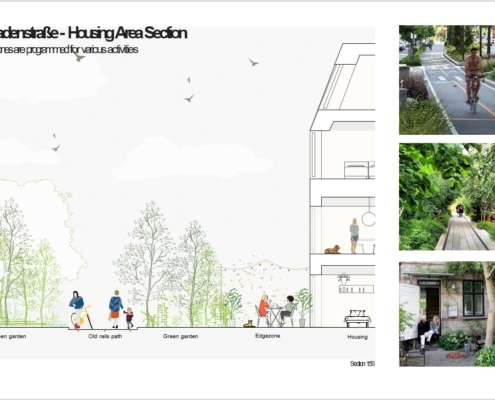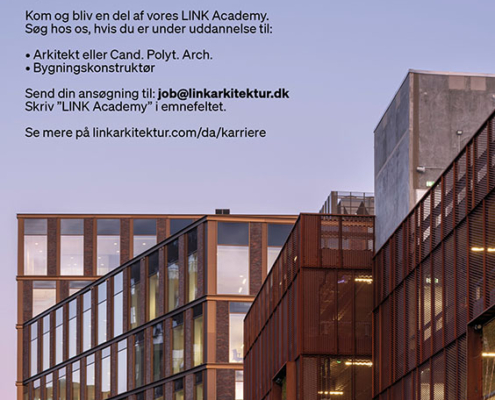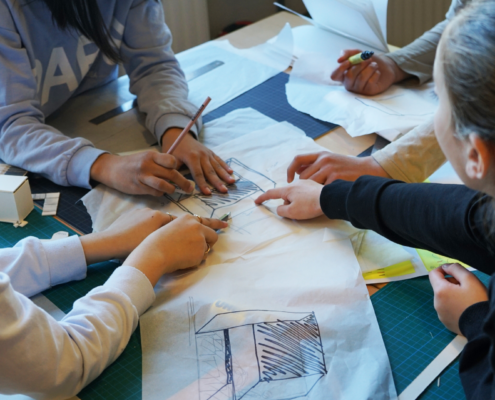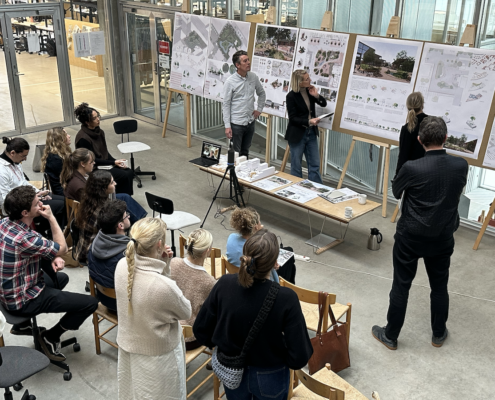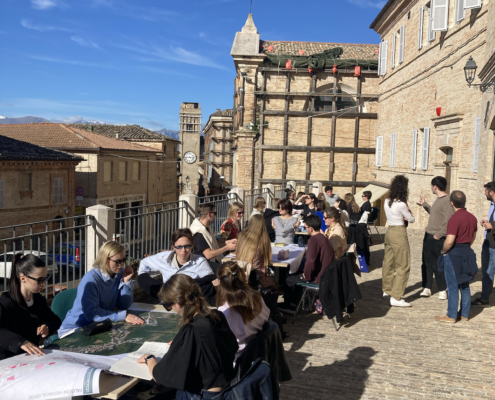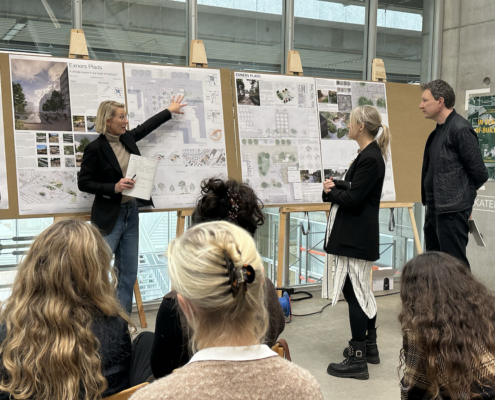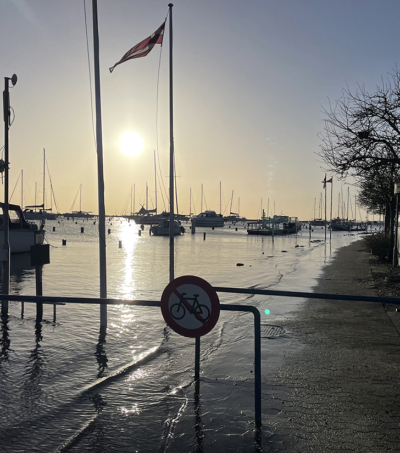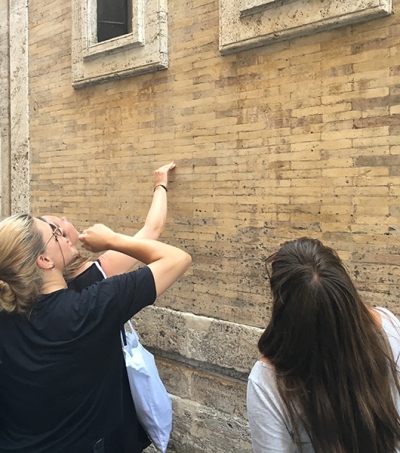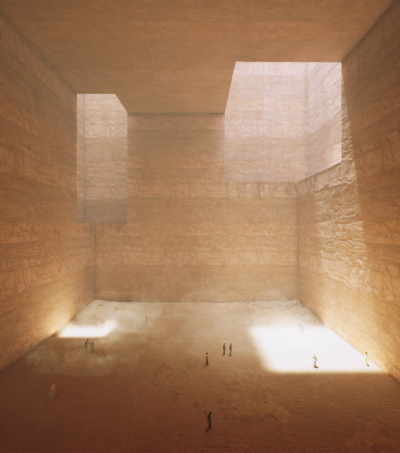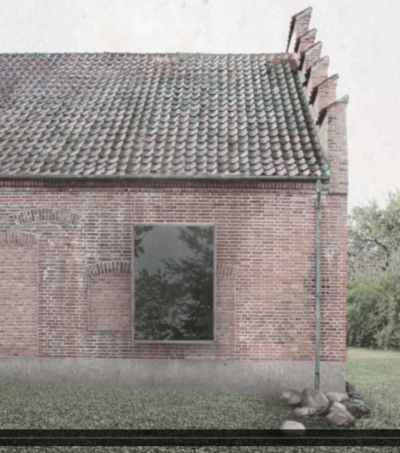 https://aarch.dk/wp-content/uploads/2018/10/Studio-1B.png
1072
1080
Signe Janderup
https://s3-eu-central-1.amazonaws.com/aarchdk/wp-content/uploads/2019/02/03164631/aarch-logo-dark.svg
Signe Janderup2024-09-30 08:16:532025-11-12 10:52:03Studio 1B: Cultural Heritage
https://aarch.dk/wp-content/uploads/2018/10/Studio-1B.png
1072
1080
Signe Janderup
https://s3-eu-central-1.amazonaws.com/aarchdk/wp-content/uploads/2019/02/03164631/aarch-logo-dark.svg
Signe Janderup2024-09-30 08:16:532025-11-12 10:52:03Studio 1B: Cultural HeritageStudio 1D is a studio with particular attention to urban form, urban space, urban life, and urban architecture.
At studio 1D, the main focus is designing the sustainable city, executed at eye-level. We have liveability and well-being as our foundation for designing cities for people and for the planet, and the studio has Jan Gehl attached as adjunct Professor.
“The city (civitas) is a multitude of men united by a corporate bond, which takes its name from the citizens, i.e. from the inhabitants themselves. In fact, urbs are the walls themselves; but civitas (the city understood as citizenship) are not the stones but the inhabitants.”
Isidoro di Siviglia(560-636)
From a sustainability, liveability, and urban life perspective, it is urgent to develop desirable urban densities. Accordingly, density and compactness will be key themes at Studio 1D. However, understood broadly as a concept both containing and combining built density (plot ratios), green density (carbon and biodiversity), the density of habitation, social density (equality and tolerance), programmatic density (mixed use/’mixit ’), and density of spatial experiences.
Besides responding to the severe urban sustainability challenges, Studio 1D also pays great attention to the paradox that, although more prosperous than ever, our new-built urban districts and newly densified urban districts, to a large extent, lack fundamental urban and architectural qualities. Urban design at 1D is to give architectural form from the point of departure of a context-specific understanding of urban life.
The Studio addresses the long list of elements influencing urban development such as; the consequences of market-driven urban development, the implementation of smart city technologies, the implementation of AI urban modelling tools, the global green agenda (handling of rainwater, climate neighbourhoods, biodiversity), the changing demography (ageing population), and societal social challenges such as loneliness and decreased public health.
The studio makes use of different teaching methods to foster an inspiring and safe learning environment. We believe in learning from the past through extended historical knowledge and awareness about urban form, urban space, and urban architecture, and through literature studies in combination with investigations of contemporary urban dilemmas and paradoxes.
Each semester will start with an introductory week of either methods (e.g. urban life observations, actor involvement methods) or tools ( 3D modeling, doing a local plan), leading up to the semester assignment.
Studying at 1D is navigating in the highly complex context of THE CITY, you adapt a rehearsing approach, where we keep on investigating and discussing how to design a good city.
“If you can understand a city, it is dead.”
Jane Jacobs, 1961
This studio is primarily taught in English.
Teachers
- Anne Corlin, Associate Professor
- Rune Christian Bach, Associate Professor
Related
YOU MAY ALSO BE INTERESTED IN:



